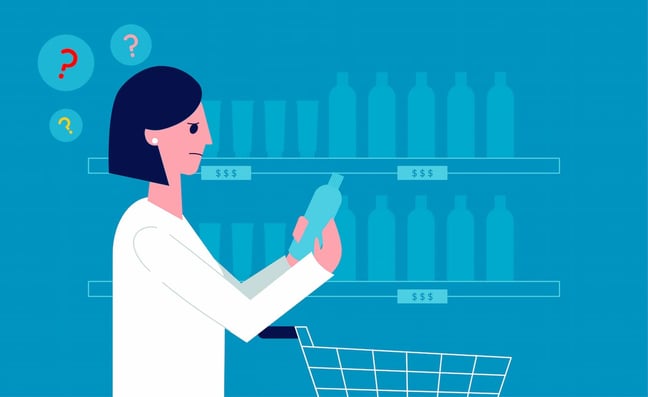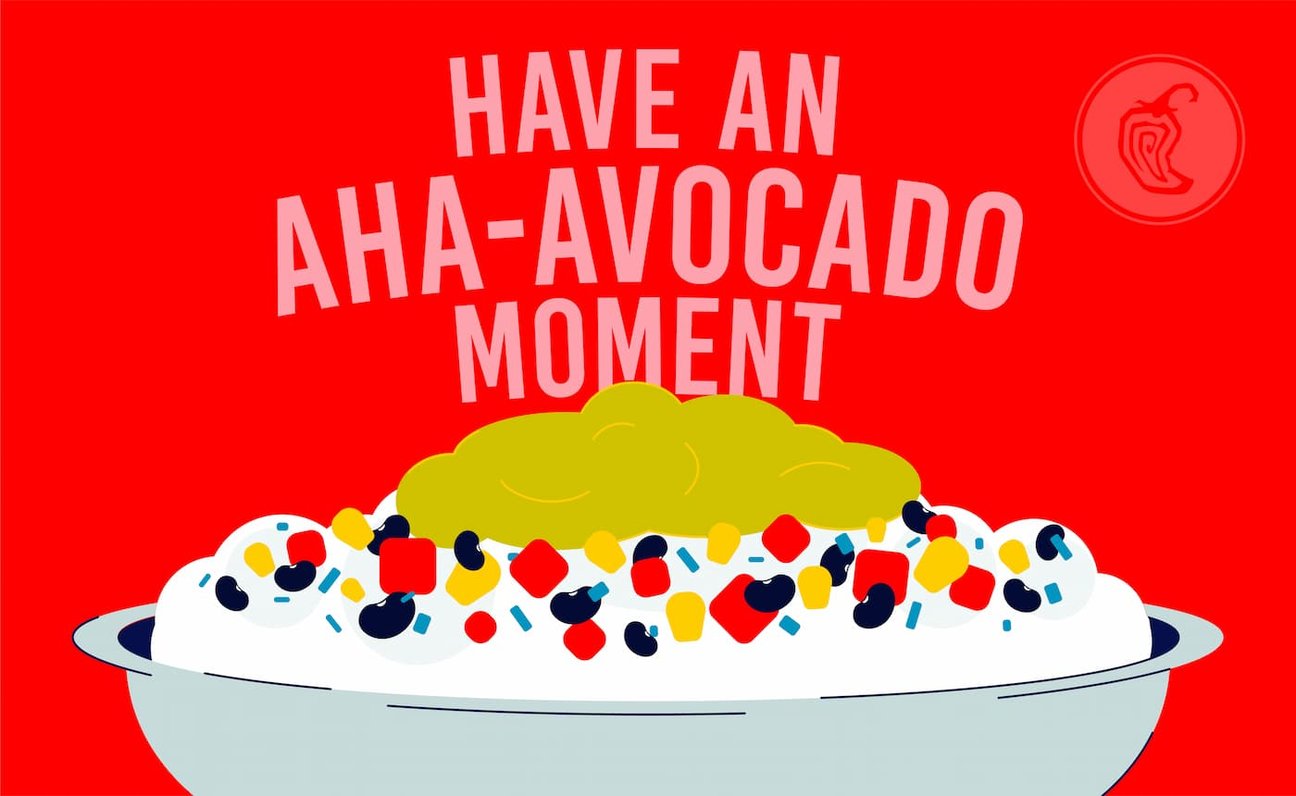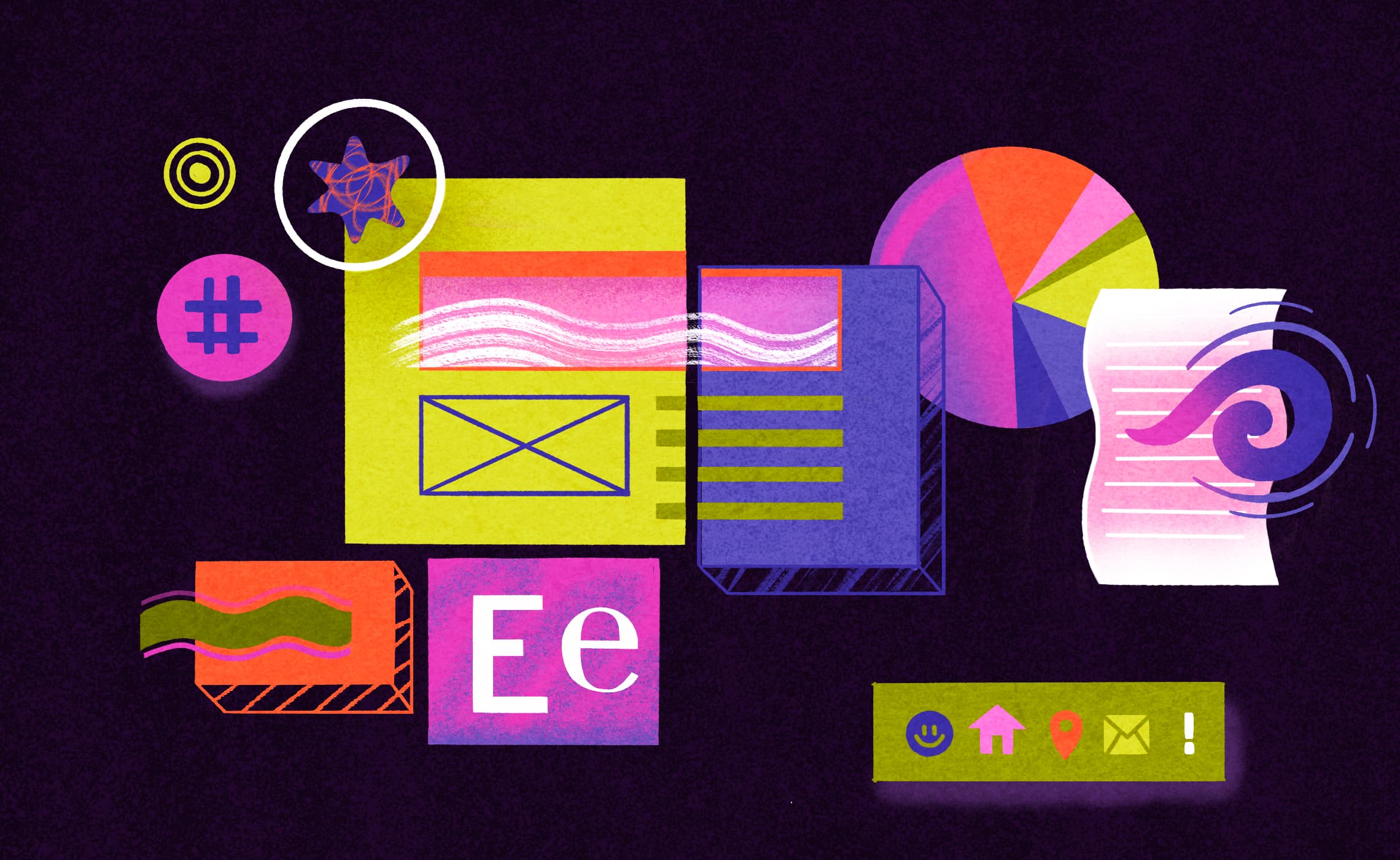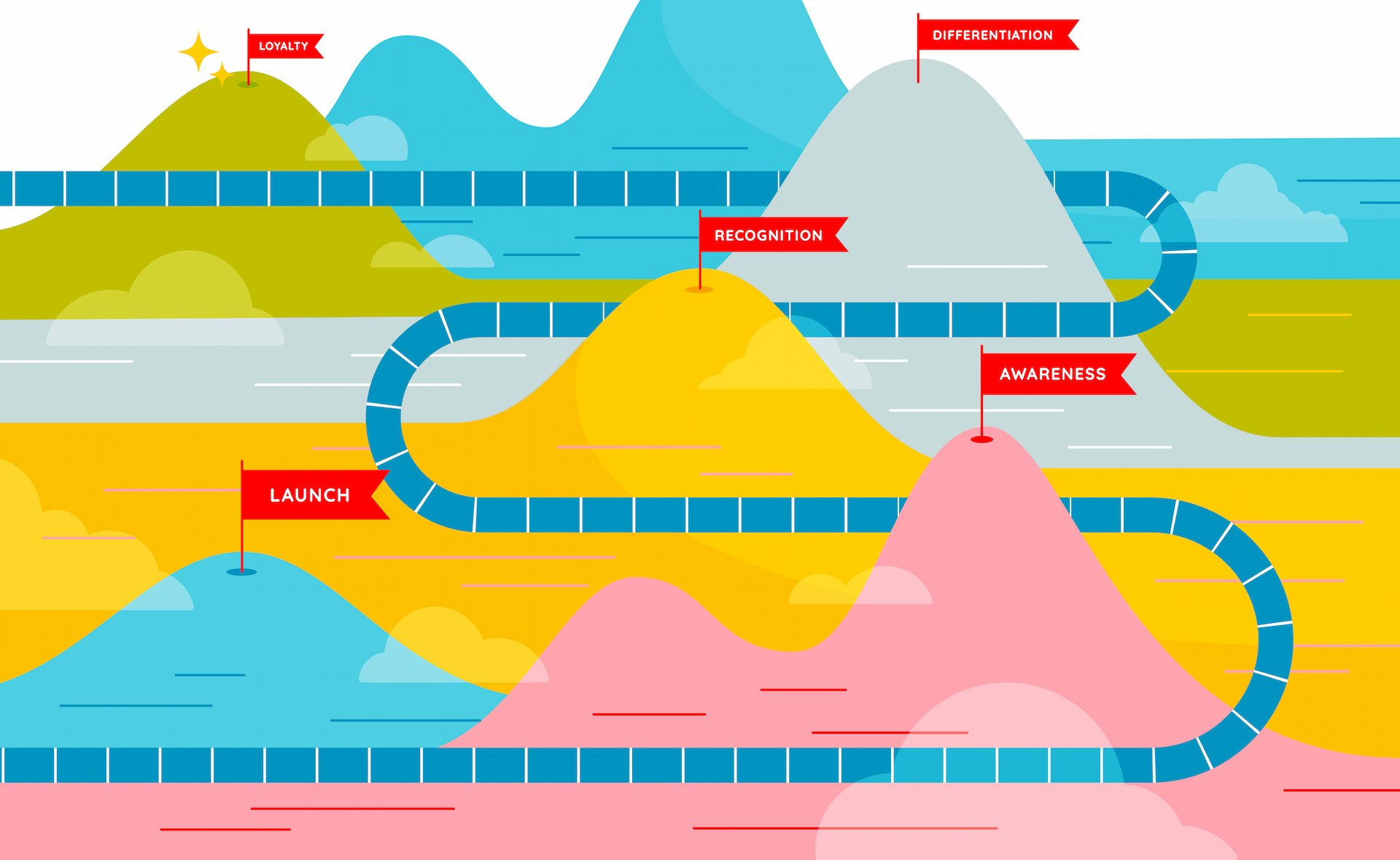The Essential Roadmap To Creating Sustainable, Trusted Brands.
Everybody thinks about branding these days. Even the Baby Boomers who first appeared in 1946 and the Greatest Generation, now in their nineties, cultivate a brand. Think of the Granfluencers, bringing their thoughts and style to TikTok, Instagram, and beyond, and often reaping financial benefits. Why? Because branding is about how people want others to perceive them. No wonder branding plays a significant role in portraying a business and its products or services to the world. The world includes not just your customers or consumers but also your subscribers and your internal team.
After playing a first-hand role in branding with our clients while defining our own company's image, we want to share our thoughts on what we believe are the do's and don'ts of creating a brand identity. We'll include a few examples from actual companies to show how they've mastered or missed the mark with their branding.
What Is Branding?
Branding is defining and promoting your company's highest goals and unique values. The audience for a brand message includes potential customers for your products and services and others, including your employees, partners, and interested third parties.
Strong branding starts with your mission statement and cascades to products and marketing elements. It's an ever-present, end-to-end narrative that includes your values and the experience you offer customers and extends to things like product design and logos. Branding relies on consistent themes throughout all marketing and sales efforts. Successful organizations are especially good at weaving brand values into products and services.

Creating this pervasive branding experience is especially important for consumer-packaged goods, also known as fast-moving consumer goods, like dish soap or toothpaste. For these items, branding is key to influencing customers. These products pretty much do the same thing, right? Consumers usually don't give much thought when buying them. So how do you distinguish your products from other similar items? Traditionally, marketing was about touting a product's benefits. Today, it's about communicating brand values that will create trust with your customers.
Branding Do's
DO have a mission
Chipotle intended to promote healthy food to create locally sourced, healthy food to create a culture that looks for fresher, sustainably-sourced, ethically-produced fast casual food. They created a model of fast-casual food that's fresh and made to order. Their approach directly supported farmers who grew or raised the locally-sourced ingredients Chipotle used. Their consistent approach has changed how consumers look at fast casual food. It also influenced how other fast-food sellers produce and market products.
DO focus on your core values
Since its beginning in the 1990s, Chipotle has consistently promoted fresh, organic food without artificial flavors or preservatives. They remained true to those values even after the 2015 E. coli scandal. Although the company temporarily closed stores and updated processes, including tracking food sources, it stuck with the notion that preservative-free food is best for its customers and the planet. They used good crisis management techniques by openly communicating about the problem and their search for solutions. Even more, they backed up their confidence in their product by providing a temporary loyalty program of free burritos for frequent visitors.
DO create a branding guide

The look and voice of your brand communicate your mission and vision in subtle ways and elevate your brand. To look again at Chipotle, the pared-back aesthetic of Chipotle restaurants lets the meat and vegetables take the lead. They also keep it approachable with tag lines like, "Have an aha-vocado moment," a picture of a cell phone app with the words "Guac mode," and a photo display of 51 ingredients with the caption, "The only ingredient that's hard to pronounce at Chipotle is 'Chipotle.'" To ensure that everyone in your company and third parties you partner with maintains your brand identity in messaging, document the preferred use of logos, colors, voice, and more in a brand style guide.
DO your market research
Market research matters, so you know what to do and what "not" to do. Research helps you avoid doing what everybody else is doing and keeps your approach unique. Brian Sena, founder, and principal of EverWonder emphasizes the importance of understanding your product landscape. Track changes in trends and customer needs and opinions to fine-tune your market fit, especially when pushing for disruption.
Branding Don'ts:
DON'T get defensive about negativity
Ugh. Nobody wants criticism. Especially when the aim is close to a brand's highest values, but consider how outdoor apparel purveyor and environmental champion Patagonia responded to Twitter criticism that mailing printed catalogs to customers was not a sustainable practice. The company tweeted that they print catalogs with non-toxic ink on recycled paper and that customers can always unsubscribe from catalog lists.
DON'T underestimate the value of branding
Your brand is more than a logo and a color scheme—it's how your audience will perceive you and your product. "Do not chase fast nickels over slow dimes," says Sena. In other words, don't chase fast revenue. Identify your evangelists and believers, and nurture them. Your strongest audience will tell your story most effectively. How do you do this? Take the example of the "freemium" licensing model, now commonly associated with SaaS products. When you offer free functionality for an unlimited time, you generate a user base that you can nurture through the sales funnel until they step up to paid versions. While people are using your free product, they are also talking about your product. For a non-software example, UberEats launched without delivery fees until they mastered the tech, built a Beta audience, and formed a sustainable cadre of drivers.
DON'T expect instant results
Consider Denver-based app maker OneClick Code. As an expert in the roofing industry, CEO Garrett Kurtt realized the complexity of tracking building codes through various jurisdictions. Therefore, OneClick Code's Garrett built a bottom's up go-to-market strategy, recruiting a group of contractors and adjusters to use and validate the product and generate word-of-mouth interest among insurance carriers. This slow-and-steady strategy won the viability race for the OneClick Code product offering. By contrast, consider the Microsoft streaming platform Mixer. Mixer was late to the streaming party, launching after Twitch and YouTube. To make up for lost time, Microsoft ignored the large, existing fan bases that sustained other platforms and aimed high, contracting high-priced talent such as online gamer Ninja. But Microsoft lost money. When the platform was no longer tenable, Ninja made Microsoft pay to release him from his contract with Twitch.
DON'T neglect language and imagery
.jpg?width=648&height=398&name=BDDs_Inline3%20(1).jpg)
Some things seem too clever at first glance. Take, for example, Burger King's moldy Whopper campaign. Or, eww, maybe you don't want to take it? To advertise to all the world that Burger King food was now preservative-free, the company created an ad using timelapse photography to depict a Whopper assembled fresh and gradually decaying over 34 days into a mold-covered mess. The message: moldy food means fresh food. Was it an original approach? Yes. Does a food provider want to be associated with spoilage? It's difficult to say. One study revealed that the ad repelled 26 percent of respondents from eating the brand's food. However, the ad also garnered 8.4 billion organic media impressions, and a survey of 2,000 people found they were 23 percent more likely to visit a Burger King outlet than before the ad.
Focus on Value, Build Trust, and Be Consistent
As never before, breakthrough branding matters. It defines and elaborates your company's mission. It reaches new parts of your target audience and strengthens bonds with existing customers with consistent messaging. Whatever your product or service, take lessons from these examples of branding do's and don'ts. Consider your values, imagery, and tone carefully. Branding tells the world who you are and builds trust with your most important audiences.
Related posts
Food for thought.

Primal Branding: The Who What When Where Why of Building Iconic Brands
by Brian Sena

